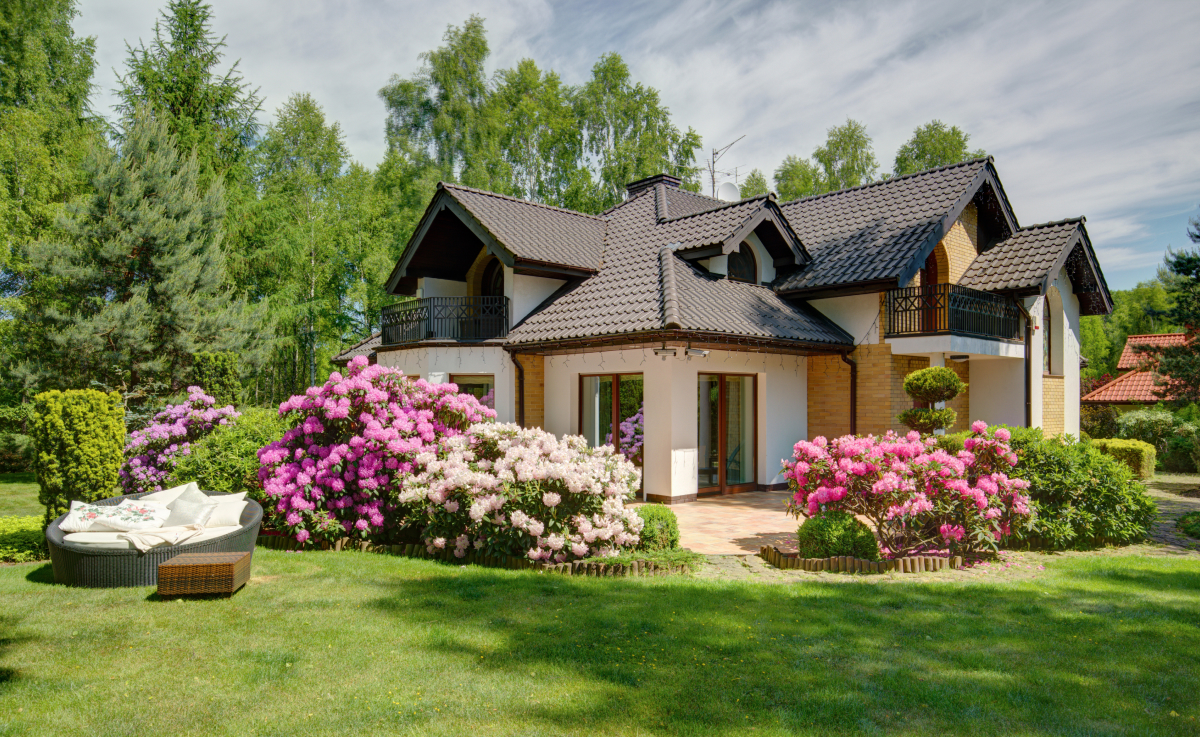Company News
Seize the season: Tips for home sellers to maximize sale price
Reading Time — 5 minutes
May 8, 2024
By Amit Arora

Reading Time — 5 minutes
May 8, 2024
The real estate industry loves to talk about the selling season, which typically runs in the spring and summer. But no two houses — or moving situations, for that matter — are exactly alike, so why should we assume that homes will all sell during the same period? It’s hard to imagine moving into a cozy log cabin when you see it in the middle of an August heatwave. On the flip side, if you're seeing a home with a lovely pool in late May, does that make it more appealing?
Opendoor recently analyzed home sales over the past five years across 50+ markets. We found that depending on the season, there are surprising features that can lead a home to sell faster – and for more money. Understanding these seasonal nuances is key to helping buyers and sellers seize their selling season.
Spring (March through May)
During the spring, as buyers are looking forward to summertime, homes with pools see the largest increase in average closing prices. The average close price of a home with a pool listing in the spring is $564k, which is $34k more than their selling price in the winter.
Recommendation: Depending on location, and if you can time it, it may be wise to list a home with a pool from March to August. Before listing, be sure the pool is clean and abides by local regulations, such as proper fencing, so potential buyers can imagine an easy, move-in-ready experience.
We see a similar pattern for homes with basements over 1000 sq. ft. When listed in the spring, these homes close for $32k more than similar ones listed in the winter.
Similarly, homes on large lots (one or more acres), close at about 5.3% higher in the spring than in the winter. This may be due to buyers falling in love with the idea of outdoor living, and the home will present better when landscaping is the most vibrant.
Finally, this trend proves true for homes with three or more bedrooms, as closing prices are nearly 5% above winter closes. This is likely because many spring/summer buyers are families that are looking to move into a new home before the start of a new school year.
Summer (June through August)
We learned that summer is the best season to list a home in an age-restricted community, such as 55-plus, independent living and active-adult communities. With warm weather in full swing and mild fall temperatures on the horizon, the outdoor amenities and spaces to mingle these communities offer are a perk for many in the 55+ category. Compared to any other season, age-restricted listings have on average the highest peak closing price in the summer. In our analysis, that’s unique to this segment.
Fall (September through November)
If you are selling your home, be aware that overpricing it in the fall season results in more than a 70% chance that you’ll need to delist it (take it off the market). In general, homes listed in the fall take the longest to sell and have middle-of-the-road average close prices. However, when we analyzed housing data from 2017 (pre-pandemic) to 2022 (post-pandemic) we discovered that even though new listings decline on average by 21% in the fall, demand from buyers has increased since 2020. Buyers just might be a little more choosy today — and far less willing to pay over listing price.
Recommendation: When listing your home in the fall, it’s even more important to have a good initial list price strategy. There’s a limited window to make an impression on most of your potential buyers.
Winter (December through February)
Homes listed in the winter have the lowest average closing prices of any season. But we found that two types of homes are more immune to this downturn: recently built homes, and smaller starter homes.
Recently built (turnkey) homes are typically in good condition and move-in ready. We’ve also found that home condition not only has a significant impact on value, but also on how quickly it sells. Homes in better condition are closing at or above their list price nearly 10% more often than comparable homes in worse condition; they also sell more than 20% faster. This is especially true in slower markets. An added bonus to smaller starter homes is their affordability, which can be crucial for first-time home buyers.
For homes built in 2010 or later, we see that the average close price is $430k, only a small $7k decrease from the annual average.
Similarly, for starter homes (defined as 1200 sq. ft. or less), we again see that winter listings only see a $7k decrease.
Recommendation: It is still best for sellers with recently built homes or smaller starter homes to list in the spring, however, there is much less of a cost to selling in the winter.
While we always believe that lifestyle needs and changes should dictate your decision to move over trying to time the market, sellers will find that each season brings a unique opportunity – especially for homes with certain features.
Amit Arora is the VP of Pricing at Opendoor.
Methodology
Opendoor examined MLS listings in its markets that listed and closed between 1/1/2018 and 12/31/2023, and analyzed the average close price and average days-to-pend by season, and compared those seasonal figures to the annual average figures. Opendoor then analyzed the same metrics for specific segments of homes to understand trends and pattern differences for those segments.